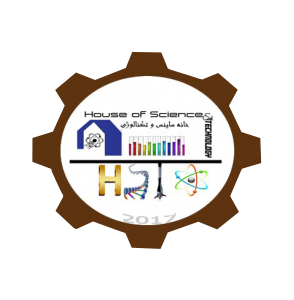Don't miss Jupiter, Saturn and Mercury shine in a triple-conjunction this weekend
A spectacular gathering of bright planets will be the chief celestial attraction in the evening sky this weekend as Jupiter, Saturn and Mercury appear to crowd into tight quarters.
Low in the southwestern evening sky just 30 to 45 minutes after sundown, we’ll be treated to what might be referred to as a celestial summit meeting, a triple conjunction, with the three planets fitting within a circle smaller than 5 degrees.
Brilliant Jupiter (magnitude –1.9), medium-bright Mercury (-0.9) and dimmer, yellow-white Saturn (+0.6) will be contained within a 5-degree circle from Jan. 8 to Jan. 12, appearing closest together on Sunday evening (Jan. 10).
What will make this array particularly fascinating is how the configuration will change noticeably from one evening to the next. This effect is primarily due to the rapid motion of speedy Mercury relative to the two slow-moving wanderers, Jupiter and Saturn. The pattern will go from a stretched-out triangle on Jan. 8 to an almost equilateral triangle on Jan. 10.
However, binoculars are strongly suggested, as they will help pick up the planets against the bright twilight sky. Jupiter will be at the top of the triangle and is the brightest of the trio, with Mercury and Saturn forming the base angles. The sides of the triangle each measure roughly 2 degrees.
This stunning spectacle might also mark the last evening view of Jupiter and Saturn; while Mercury rises over the coming days, Jupiter and Saturn will be sinking into the sunset fires. While Jupiter and possibly Mercury may be evident without optical aid, Saturn probably will not. In the evenings after Sunday, Saturn will disappear into the bright twilight first, closely followed by Jupiter around mid-month.
From our Earthly vantage point, we can readily observe Mercury, Venus, Mars, Jupiter and Saturn with our unaided eyes as they revolve around the sun. Each of these planets appears to move against the starry background at their own speeds and along their own tracks. Because they move at different speeds, the shape formed by all five planets at any particular time is unique to that moment.
All of these planets and the moon closely follow an imaginary line in the sky called the ecliptic. The ecliptic is also the apparent path that the sun appears to take through the sky as a result of the Earth’s orbit around it: Technically, the ecliptic represents the extension of the plane of the Earth’s orbit out across the sky.
But since the moon and planets move in orbits whose planes do not differ greatly from that of the Earth’s orbit, these bodies only appear relatively close to the ecliptic line. Twelve of the constellations through which the ecliptic passes form the zodiac; their names, which can be readily identified on standard star charts, are familiar to millions of horoscope users who would be hard pressed to find them in the actual sky.
sources: https://www.space.com/
